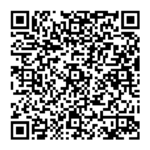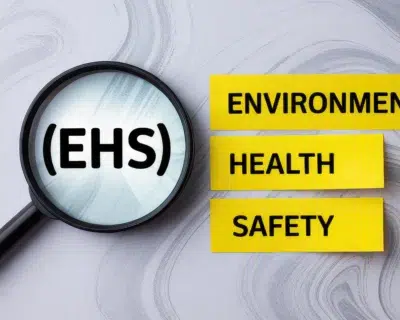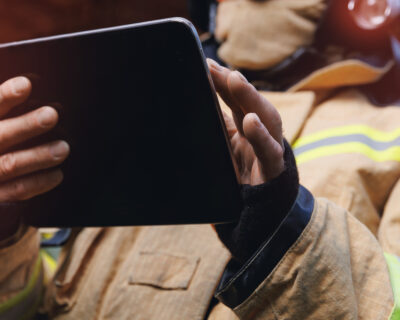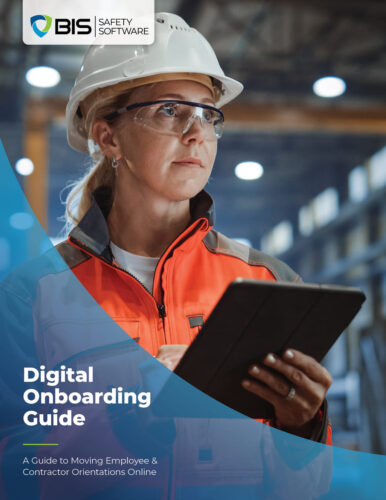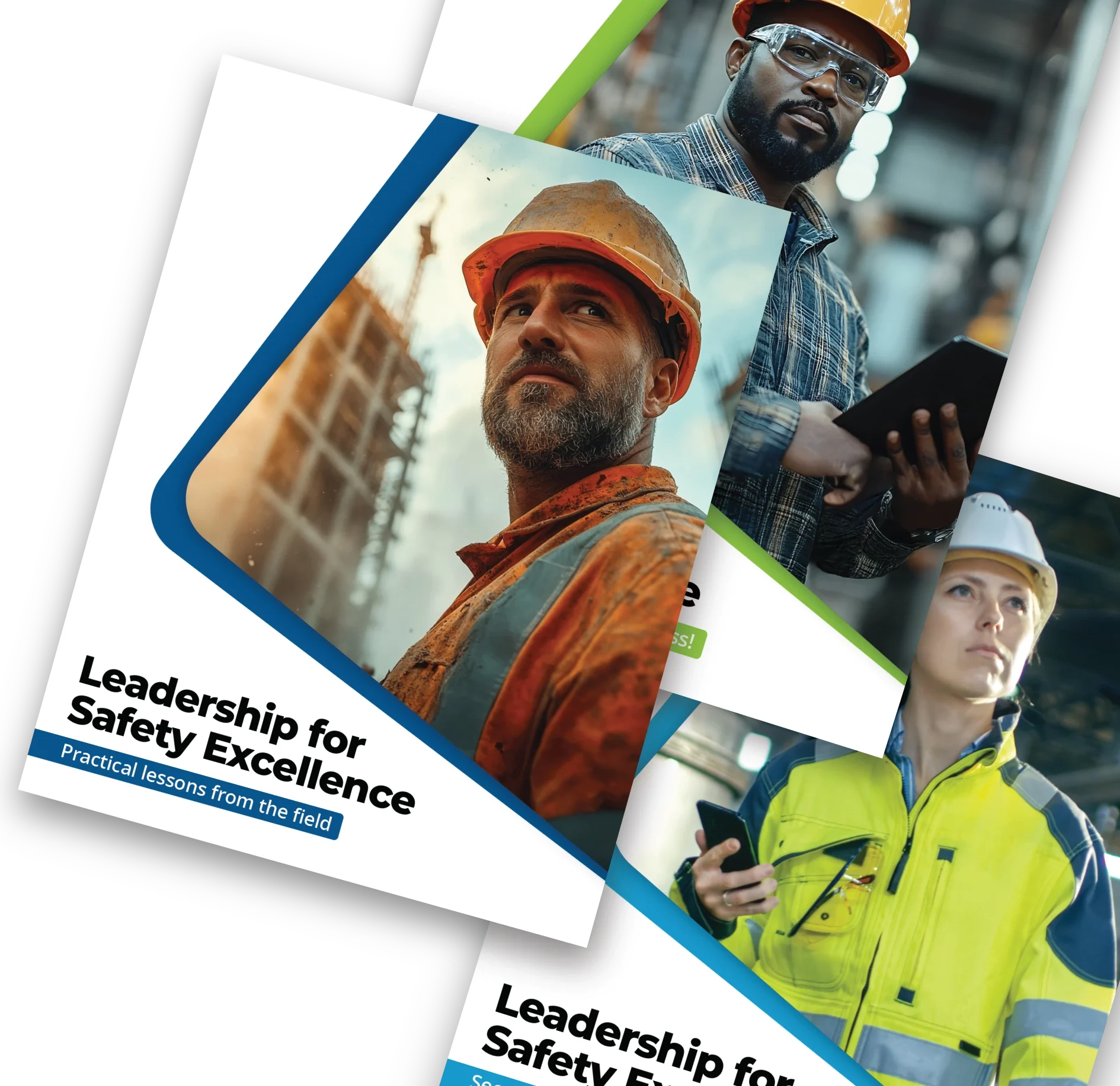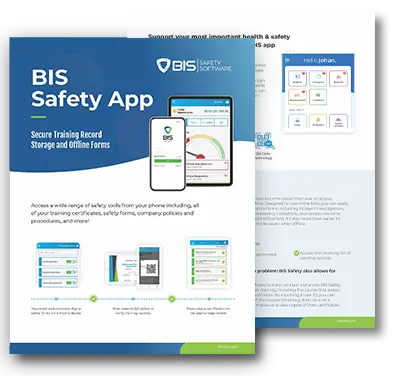
Microlearning: What You Need to Know
Microlearning breaks up traditional courses into focused lessons. Like the apprentice artisan relationship of the middle ages, microlearning delivers topical knowledge when needed. It has also proven to help with retention while the bite-size lessons fit easily into schedules.
Explore this Article
- Microlearning Free Trial
- Microlearning Explained
- Microlearning Formats
- How Microlearning is Changing the Safety Training Landscape
Microlearning Free Trial
We explain microlearning here, but if you’d rather an example—most do—feel free to try our defensive driving modules.
Microlearning Explained
Microlearning is a method of teaching in smaller chunks. Because of the duration, size, and style of the classes, it is more adaptable than traditional learning. These brief lessons are simple to remember and are more difficult to forget.
Microlearning is becoming routine for some. These companies set aside small portions of time and choose convenient courses. A microlearning course can be as short as five minutes and fit within a full day of work. So these companies are easily incorporating a course per month.
However, they cannot just take a conventional eLearning course, divide it into hundreds of little pieces, and give it to employees as-is. To apply this bite-sized learning strategy effectively, the content must be tailored to the viewers’ needs. It should also be presented in a relatable manner.
Microlearning may be applied in a variety of contexts. If there’s something that doesn’t quite meet your needs with longer courses, then you may want to look into developing your very own microlearning course. You may find your course to be a hit and others may want to purchase it. It’s really the only recourse when you have a unique lesson for your job that you need to train for.
The following are the key features of microlearning:
- Good memory retention
- Increased user interaction
- Adaptable learning schedule
- Multiple learning options
- Simple for trainees to consume

Micolearning Formats
Making microlearning courses extremely short is only one aspect of their design. Interactive sections are a common feature in microlearning courses. And when it comes to engagement, you frequently need to employ mixed media or various forms. This is why microlearning instructors frequently use the following media and learning format:
- Quizes are a good approach to validate that newly learnt information is being retained; creating a feedback loop in this manner has a distinct benefit over traditional learning methods..
- Images may not be as engaging as movies, but they tend to be more memorable than text.
- Games allow the user to interact with the quiz, and this is exceptionally powerful with visual learners. The bottom line is, if you can make a quiz interactive and turn it into a game, people have more incentive to pay attention to the material.
- Text is still great at what it does and is still a powerful way of teaching. Microlearning certainly doesn’t forget about text. It still has its place.
- Videos are becoming the most widely used method of instruction. People are flocking to youtube to be create and explore things out side their comfort zone. Microlearning capitalizes on this trend and uses videos frequently in their lessons.
How Microlearning is Changing the Safety Training Landscape
Microlearning is being used by safety trainers all throughout the continent. With this innovative approach, they are able to take their trainees to settings that they can relate to and create information that speaks to their daily activities.
These brief lectures enhance learning retention, according to recent studies. Small, frequent courses are undoubtedly in style. Although, we see them supporting traditional courses rather than replacing them.
Microlearning is especially helpful for reviews or recertifications, according to EHS professionals. It’s proven to be just as beneficial to have a professional just display their knowledge through a game or interactive quiz, as opposed to the old style tests.
The amount of information specialists need to acquire is also being decreased by these brief lectures. Instead of needing to enroll in a whole course, learning modules let businesses pick and choose which topics to learn.
In conclusion, the adaptability of microlearning enables firms and educators to provide more training. Shorter training modules can now be used more frequently. Microlearning is simply one more ancient method of education that we are redesigning for the twenty-first century, and it’s effective.


